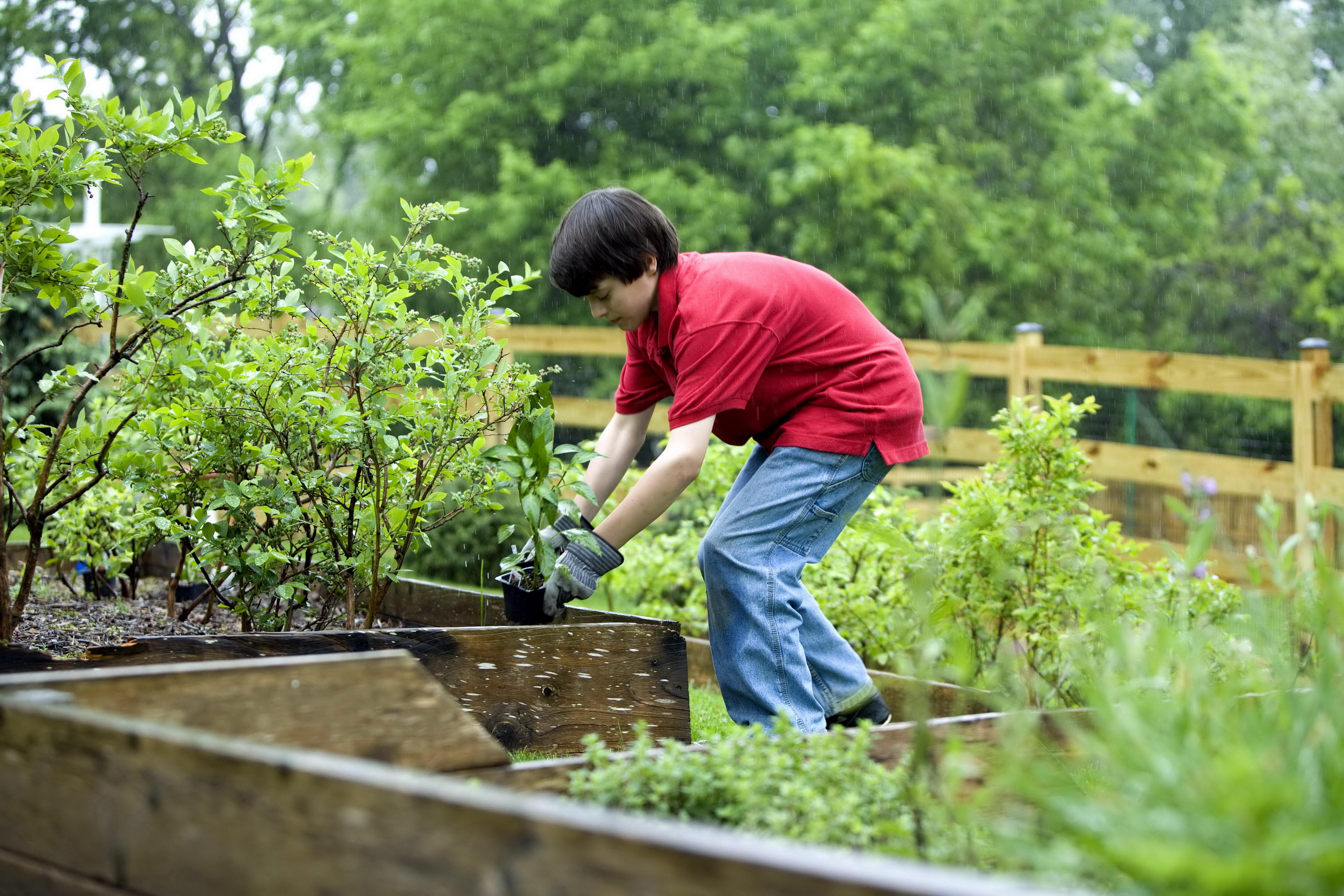Best Veggies for Indoor Container Gardening

Best Veggies for Indoor Container Gardening
Growing your own food is incredibly rewarding, and you don’t need a sprawling backyard to do it. Indoor vegetable gardening is a fantastic way to enjoy fresh produce year-round. Whether you live in an apartment or just want to maximize your space, container gardening is the way to go. Let’s dive into the best vegetables for container gardening indoors and some tips to get you started.
Why Choose Indoor Vegetable Gardening?
Indoor vegetable gardening offers numerous benefits. It allows you to control the growing environment, protect your plants from pests, and enjoy fresh, homegrown veggies even in the dead of winter. Plus, it’s a fun and rewarding hobby that can brighten up your living space.
Best Indoor Vegetables for Container Gardening
Leafy Greens
Leafy greens like spinach, kale, and lettuce are some of the best indoor vegetables. They grow quickly and don’t require much space or sunlight. You can even harvest them multiple times by cutting the outer leaves and letting the inner ones continue to grow.
Herbs
Herbs like basil, parsley, and chives are perfect for indoor vegetable gardening. They thrive in small pots and can be used to add flavor to your meals. Plus, they look great on a windowsill or kitchen counter.
Tomatoes
Cherry tomatoes are a great choice for container gardening. They are compact and can be grown in small pots. Just make sure they get plenty of sunlight and water.
Peppers
Bell peppers and chili peppers are also excellent choices for indoor vegetable gardening. They are relatively easy to grow and can add a pop of color to your indoor garden.
Radishes
Radishes are one of the easiest vegetables to grow indoors. They mature quickly and don’t require much space. Plus, they add a nice crunch to salads and sandwiches.
Container Gardening Tips
Choosing the Right Container
The right container can make all the difference. Opt for pots with drainage holes to prevent waterlogging. Plastic, ceramic, and terracotta pots are all good choices. Make sure the size of the pot matches the needs of the plant.
Soil Selection
Use high-quality potting soil that is well-draining and rich in nutrients. Avoid using garden soil, as it can be too heavy and may contain pests or diseases.
Lighting
Most vegetables need at least 6-8 hours of sunlight per day. Place your containers near a south-facing window or use grow lights to ensure your plants get enough light.
Watering
Water your plants consistently but avoid overwatering. A good rule of thumb is to water when the top inch of soil feels dry. Make sure your pots have drainage holes to prevent root rot.
Easy Indoor Plants for Beginners
If you’re new to indoor vegetable gardening, start with easy-to-grow plants like lettuce, radishes, and herbs. These plants are forgiving and can help you build confidence as a gardener.
Urban Vegetable Gardening
Urban vegetable gardening is a growing trend, especially in cities where outdoor space is limited. Container gardening is a great way to bring a bit of nature into your urban environment. You can grow vegetables on balconies, rooftops, or even in your living room.
Creating a Mini Greenhouse
For a more controlled environment, consider creating a mini greenhouse. You can use a clear plastic bin or a small greenhouse kit. This can help maintain humidity and temperature, which is especially useful for plants that require warmer conditions.
Companion Planting
Companion planting is the practice of growing certain plants together to benefit each other. For example, basil and tomatoes are great companions. Basil can repel pests that might harm tomatoes, and tomatoes provide shade for basil.
Harvesting and Storing Your Veggies
Once your vegetables are ready to harvest, make sure to store them properly to extend their shelf life. Leafy greens can be stored in the refrigerator, while tomatoes and peppers should be kept at room temperature.
Common Mistakes to Avoid
Overwatering
Overwatering is one of the most common mistakes in indoor vegetable gardening. It can lead to root rot and other diseases. Always check the soil moisture before watering.
Not Enough Light
Insufficient light can stunt plant growth. Make sure your plants are getting enough sunlight or use grow lights to supplement.
Ignoring Pests
Even indoor plants can attract pests like aphids and spider mites. Regularly inspect your plants and take action if you notice any signs of pests.
Conclusion
Indoor vegetable gardening is a rewarding hobby that allows you to enjoy fresh, homegrown produce year-round. With the right plants, containers, and care, you can create a thriving indoor garden. Whether you’re a beginner or an experienced gardener, there’s always something new to learn and grow. For more detailed information on container gardening, check out this guide.
FAQs
What are the best vegetables for container gardening indoors?
- Leafy greens, herbs, cherry tomatoes, peppers, and radishes are some of the best vegetables for container gardening indoors.
How much sunlight do indoor vegetables need?
- Most vegetables need at least 6-8 hours of sunlight per day. Place your containers near a south-facing window or use grow lights to ensure adequate light.
What type of soil is best for indoor vegetable gardening?
- Use high-quality potting soil that is well-draining and rich in nutrients. Avoid using garden soil, as it can be too heavy and may contain pests or diseases.
How often should I water my indoor vegetables?
- Water your plants consistently but avoid overwatering. A good rule of thumb is to water when the top inch of soil feels dry.
Can I grow vegetables indoors without a greenhouse?
- Yes, you can grow vegetables indoors without a greenhouse. Just make sure your plants get enough sunlight, water, and nutrients. A mini greenhouse can be helpful but is not necessary.
0 Response to " Best Veggies for Indoor Container Gardening"
Post a Comment